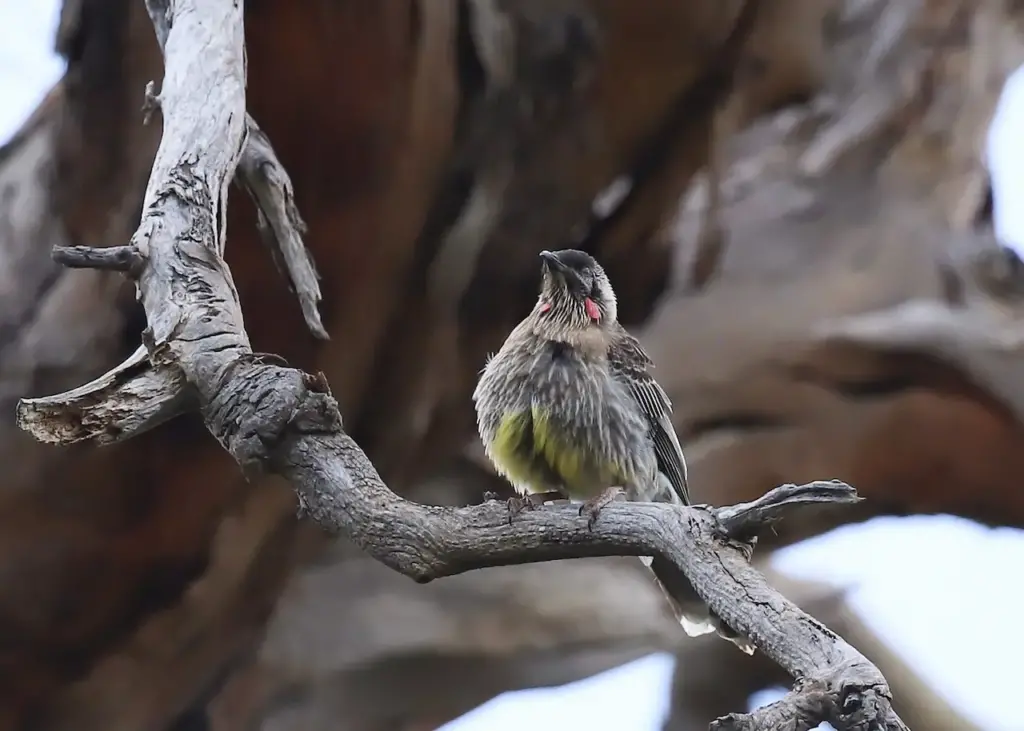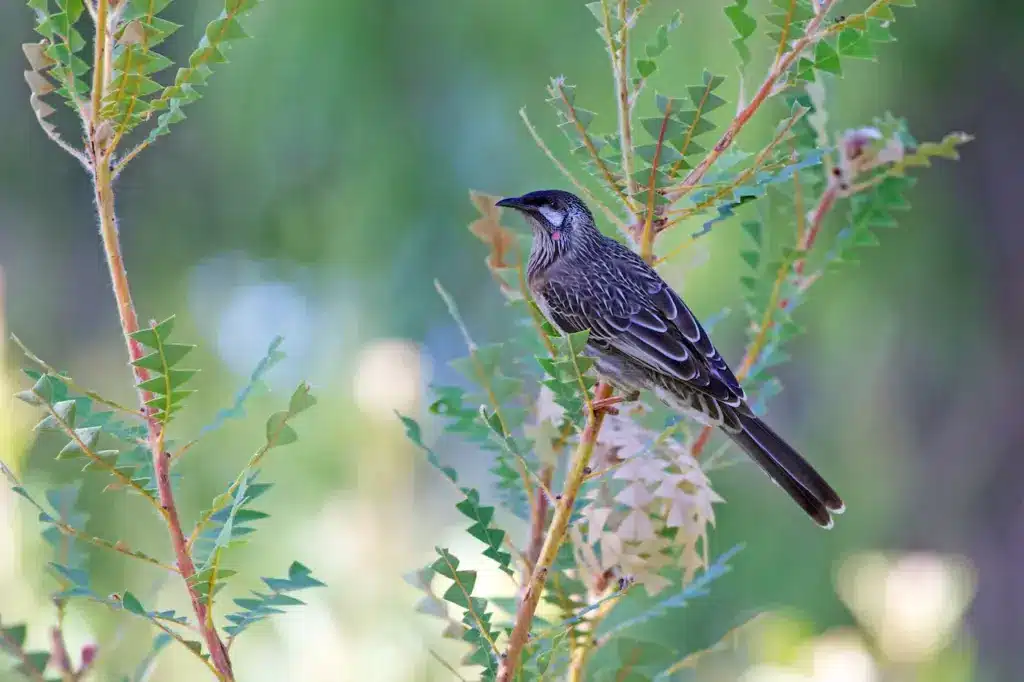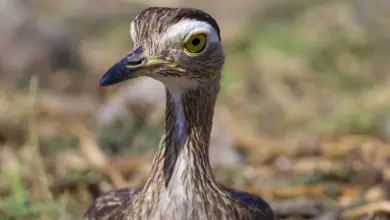Red Wattlebirds
Red Wattlebirds
The Red Wattlebirds, Anthochaera carunculata – also known as Barkingbird or Gillbird – is found in southern Australia and New Guinea.
The species is found in SE Queensland, New South Wales, Victoria, South Australia, and southwest Western Australia.
It inhabits open forests, and woodland and can be found near human habitation.

Nesting / Breeding
It nests in trees, laying two or three eggs.
Description
This honeyeater is 33 – 37 cm long and is the largest of all honeyeaters. Its name refers to the fleshy reddish wattle on the side of the neck.
The plumage is grey-brown on the body, with prominent white streaks and yellow on the belly. The face is pale and the tail is long with a white tip. It has several distinctive but unmusical calls including coughs, a harsh ‘yac a yac’, and a loud ‘chok’.
Immature Red Wattlebirds are duller than adults and have a brown, rather than reddish, eye. The wattle is also very small and pale.
In Tasmania, it is replaced by the larger Yellow Wattlebird, A. paradoxa. This species is identified by its long, yellow wattle.

Diet
Their staple diet consists of berries, fruit and nectar.
They have highly developed brush-tipped tongues that are adapted for nectar feeding. The tongue is flicked rapidly and repeatedly into a flower, the upper mandible then compressing any liquid out when the bill is closed. They also feed on insects and other small creatures, usually by hawking*. (*A hawking bird will typically watch for prey from a suitable perch. When it sees a potential prey, the bird will chase it and catch it in its beak, then return to the perch for feeding.)
Species Research by Sibylle Johnson

